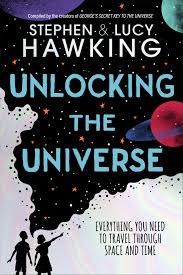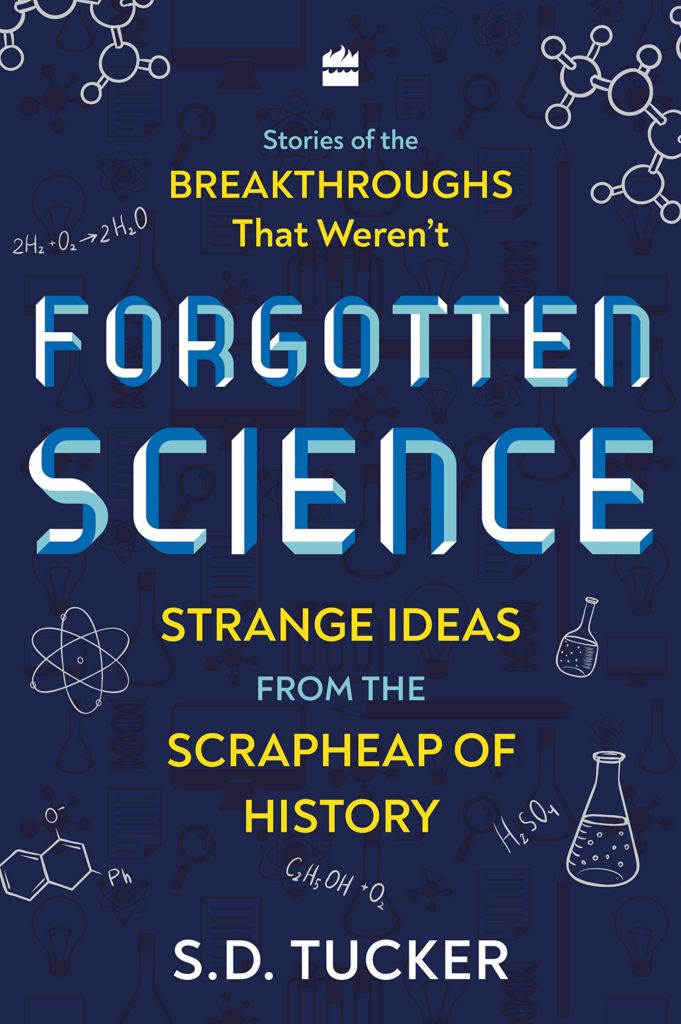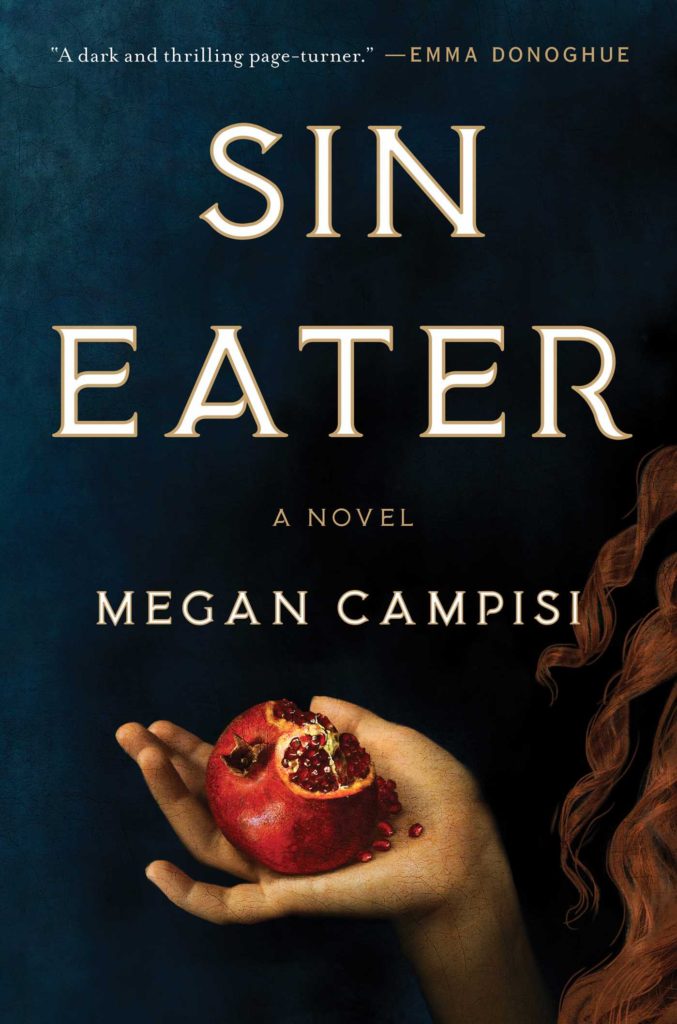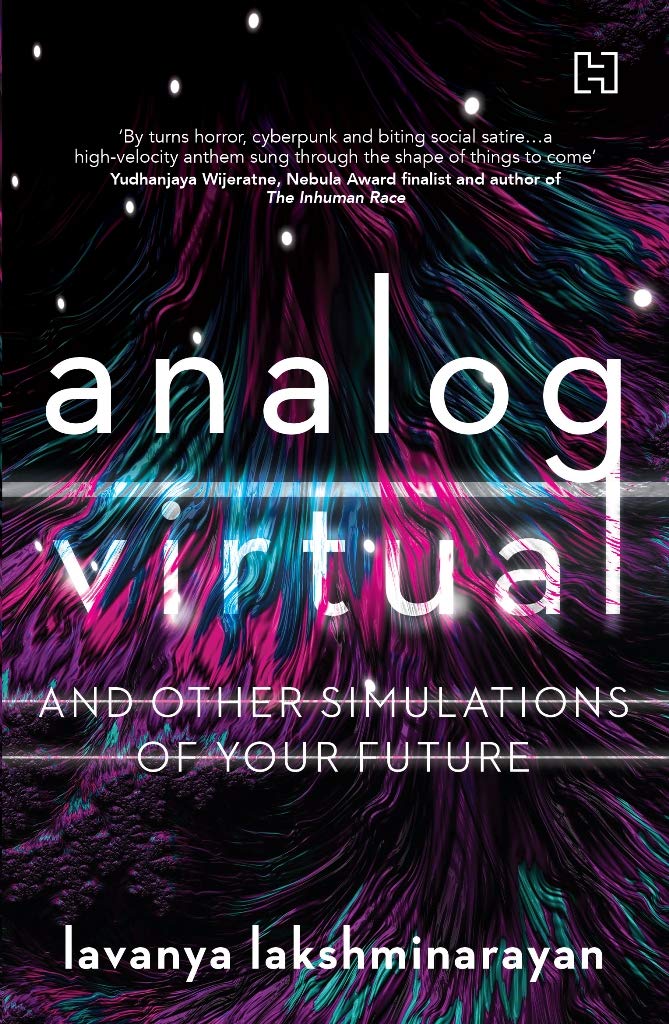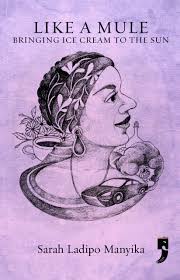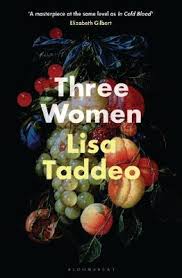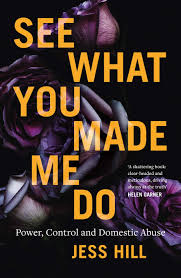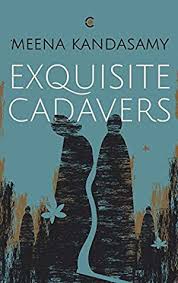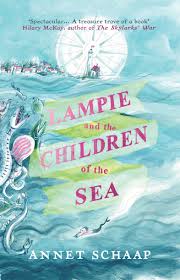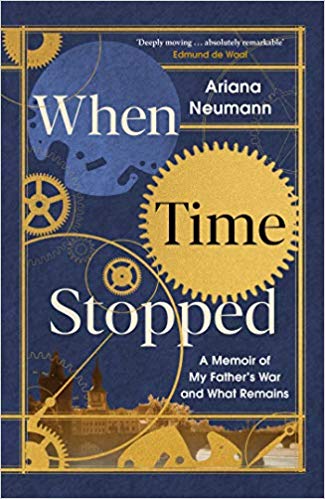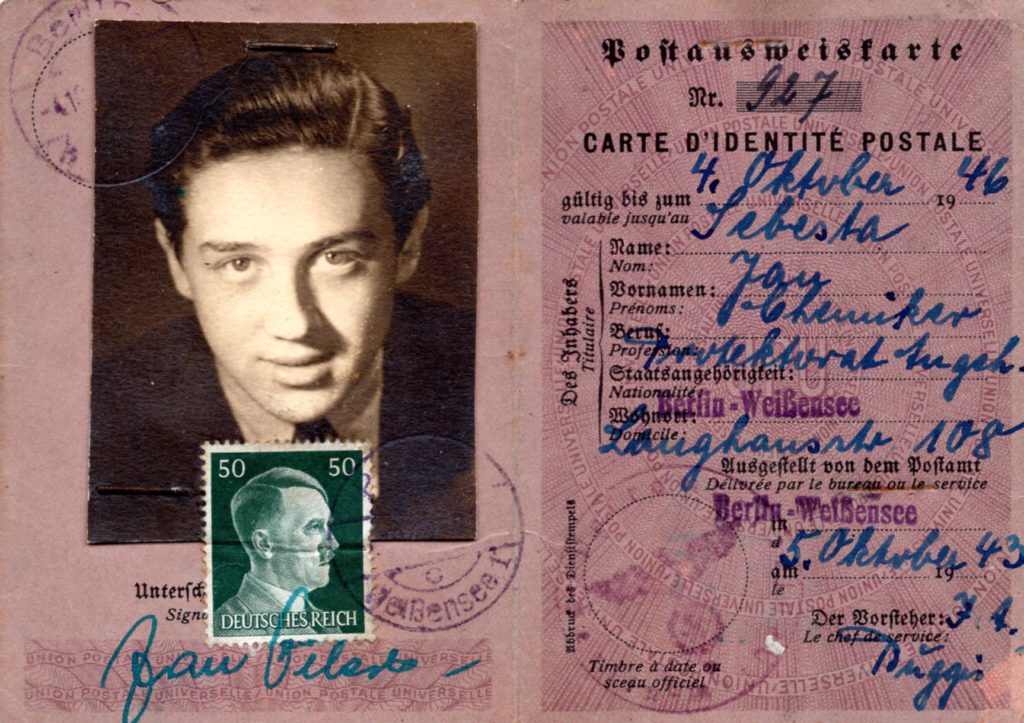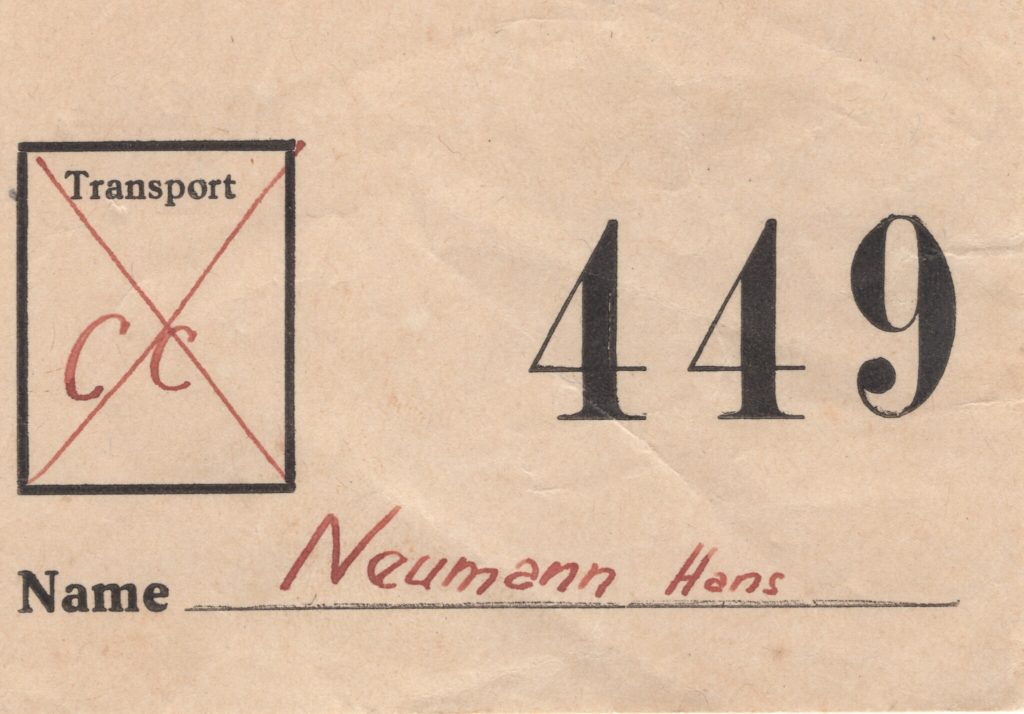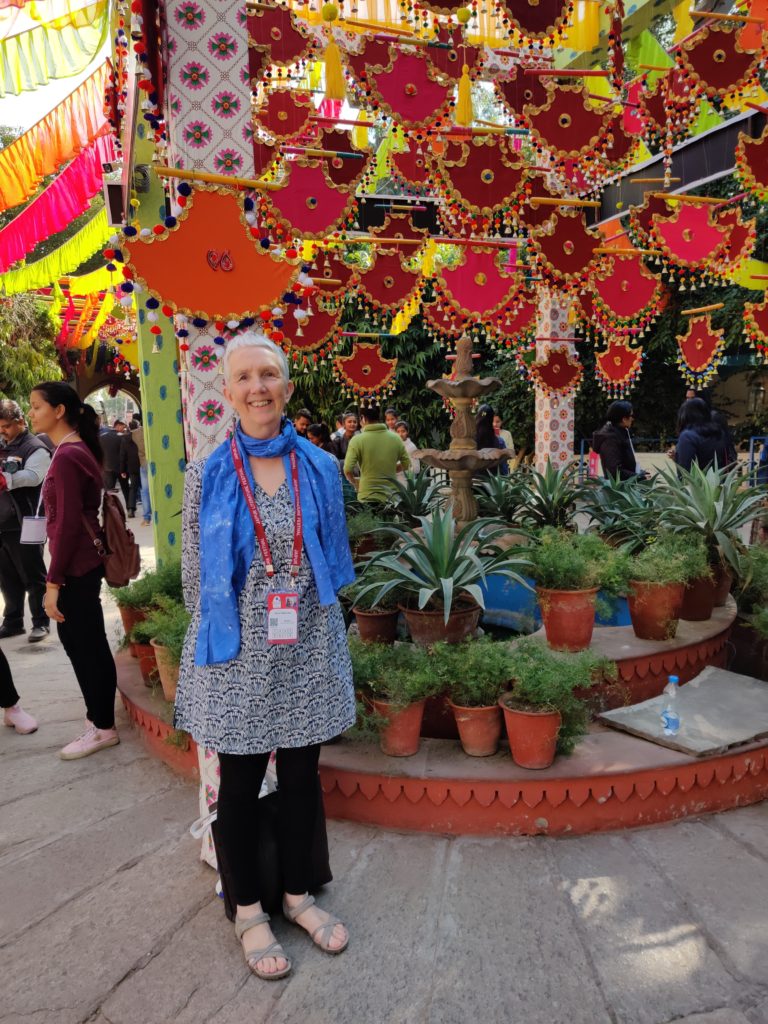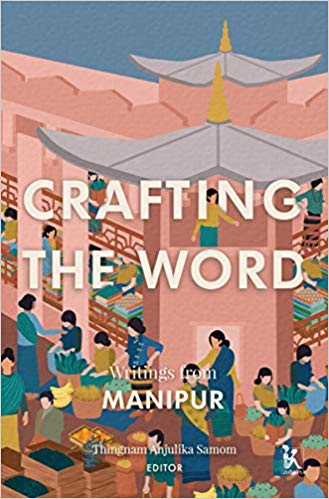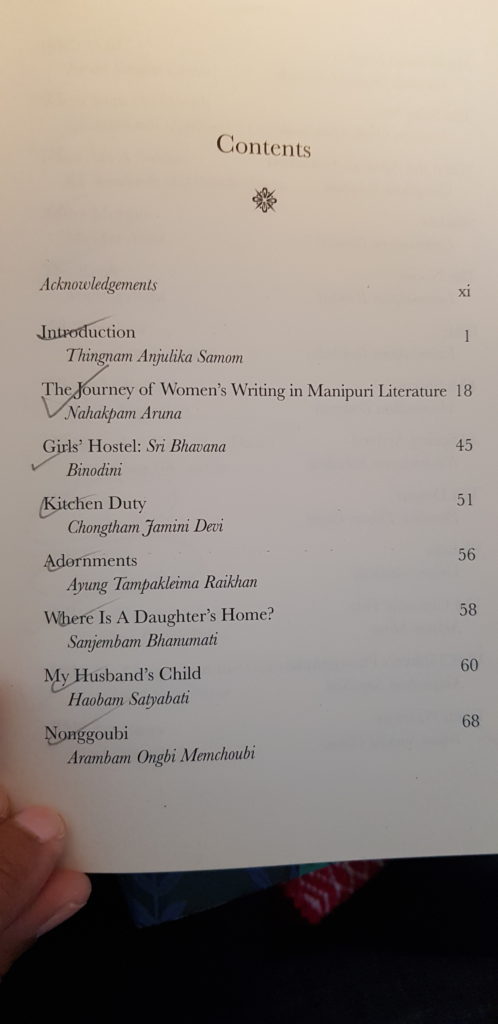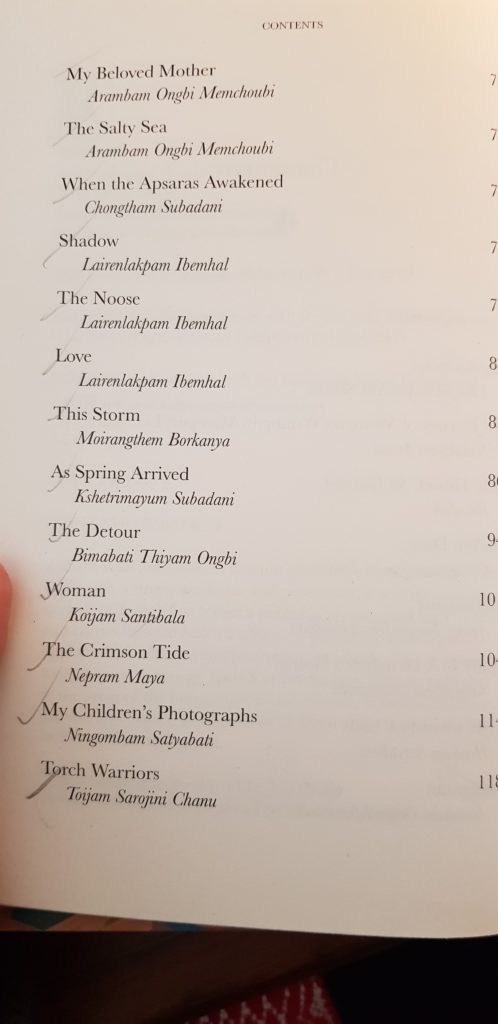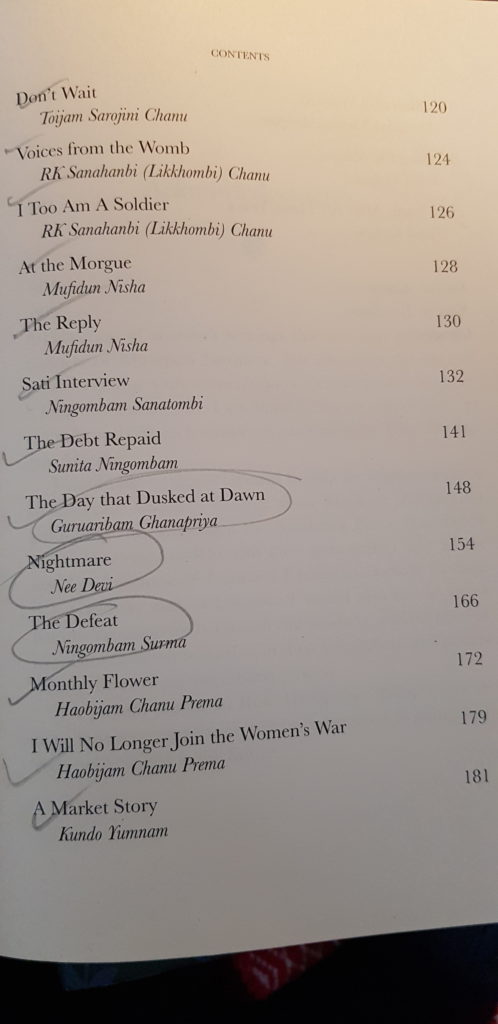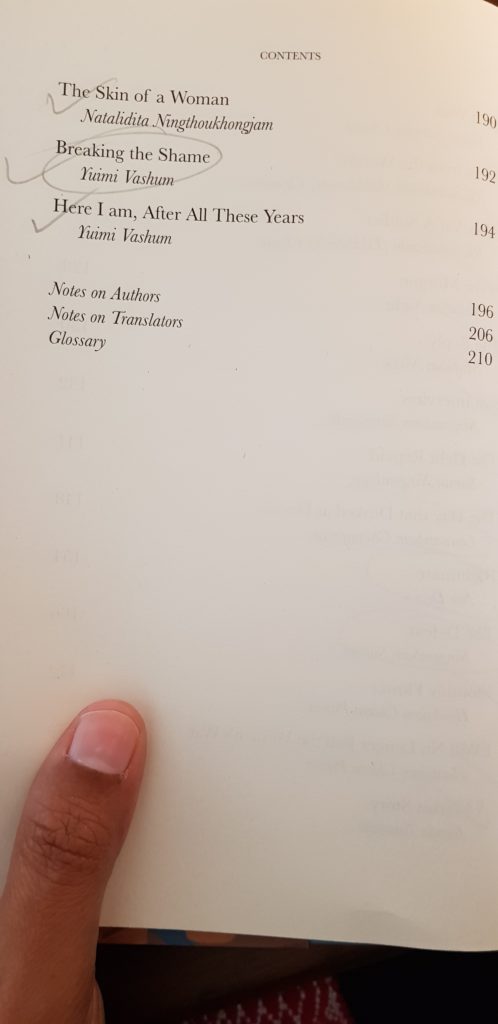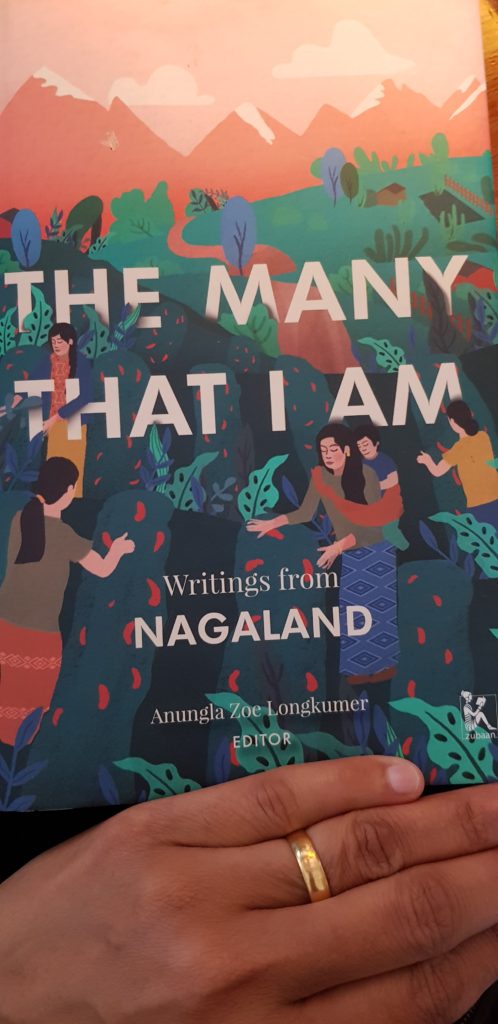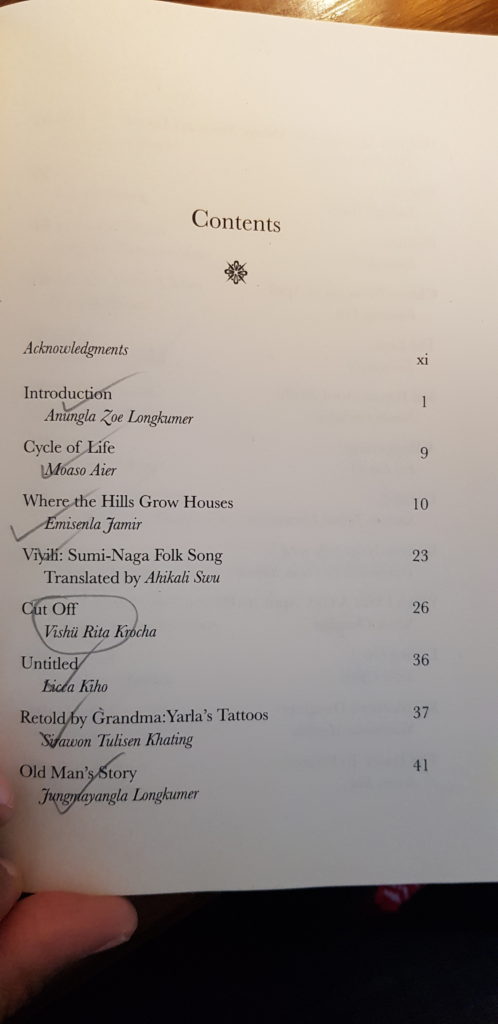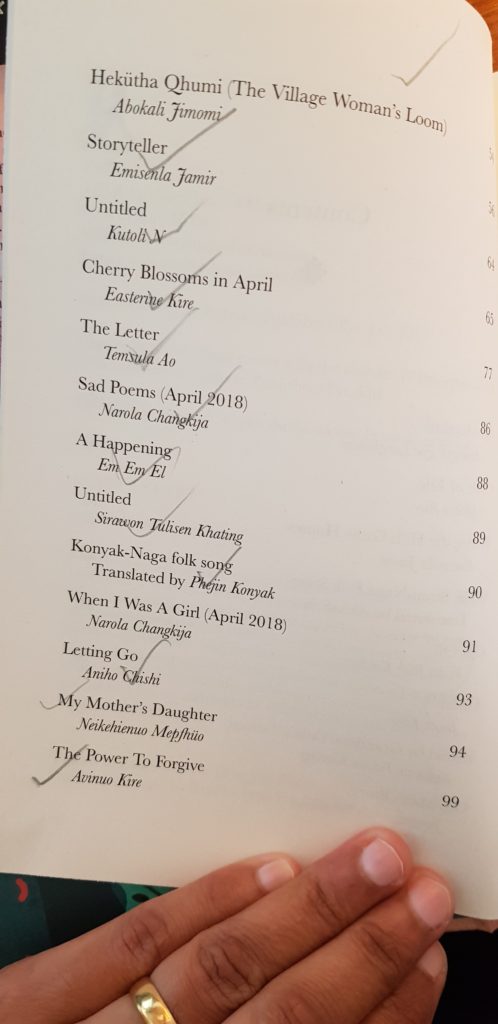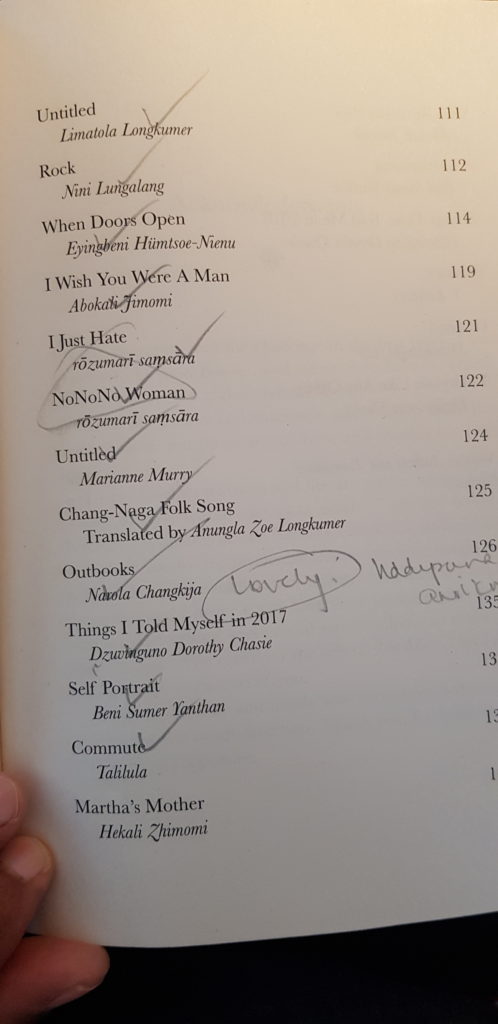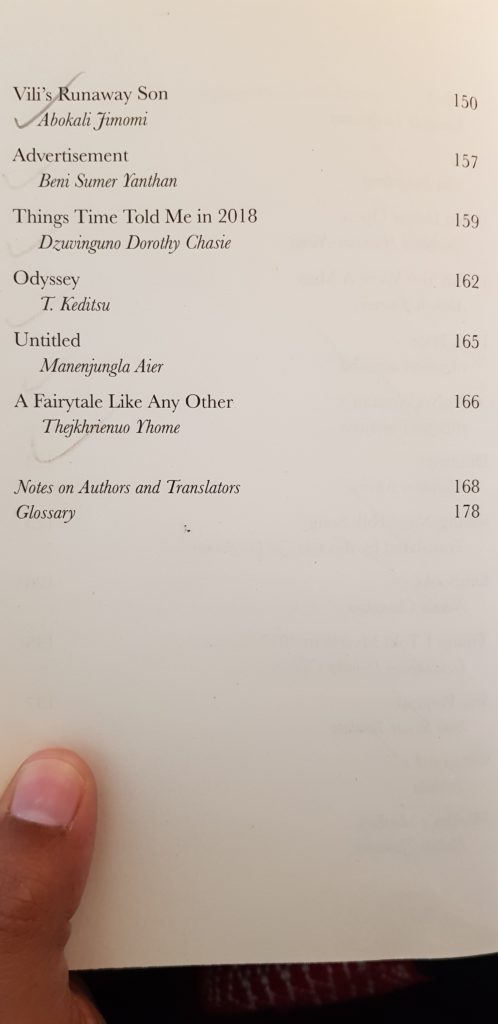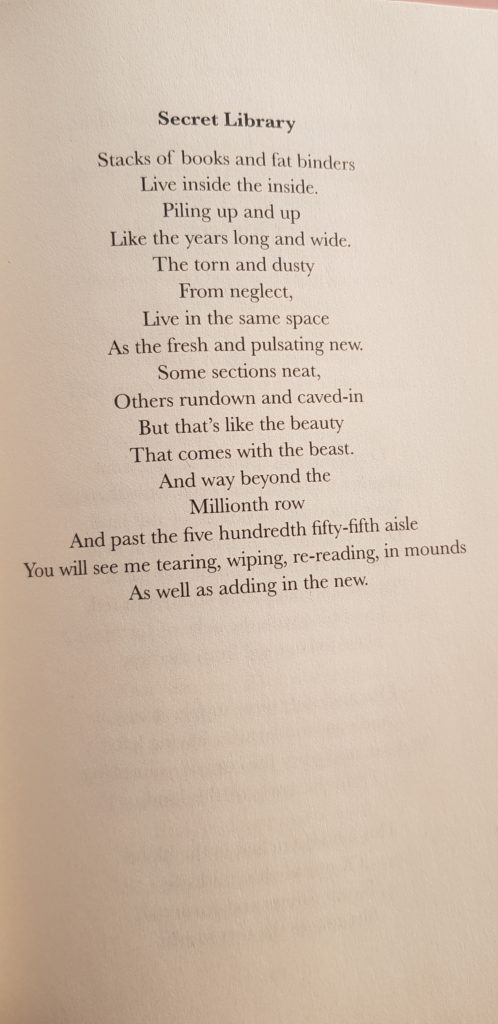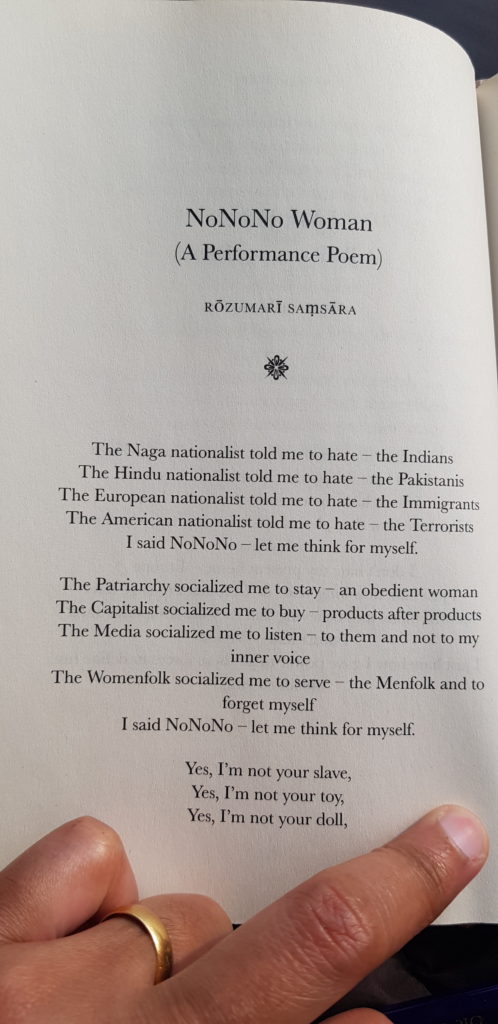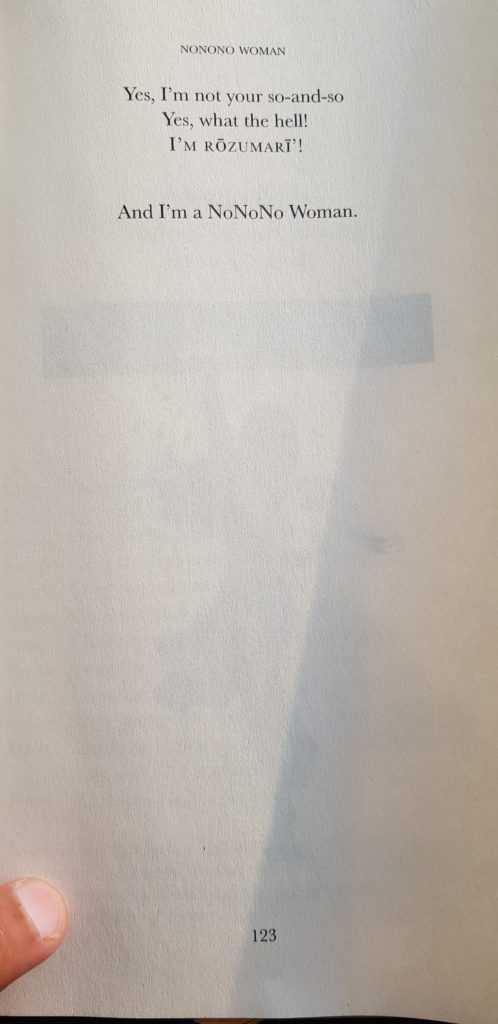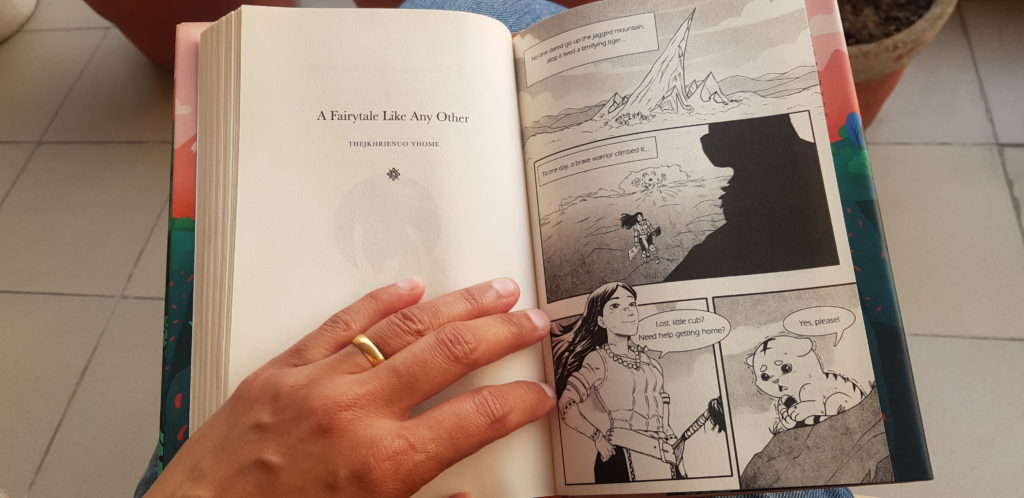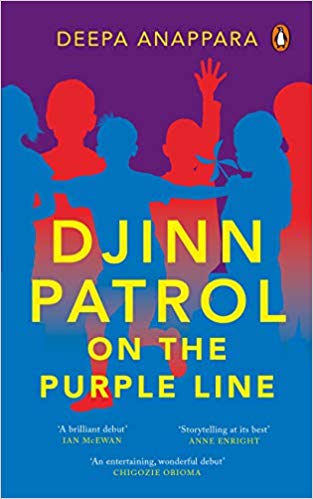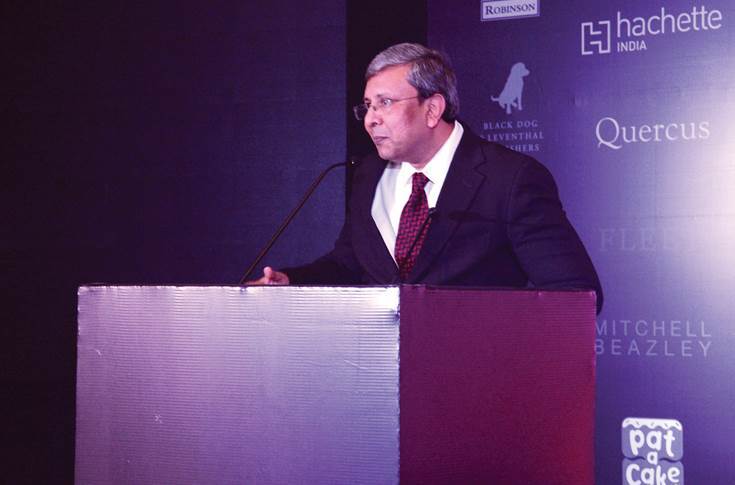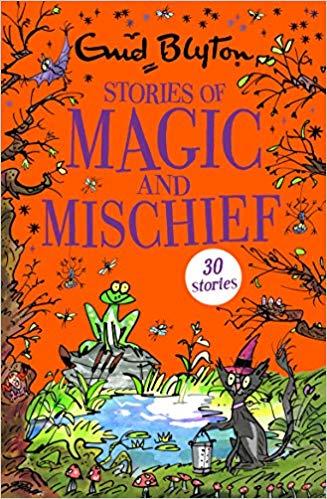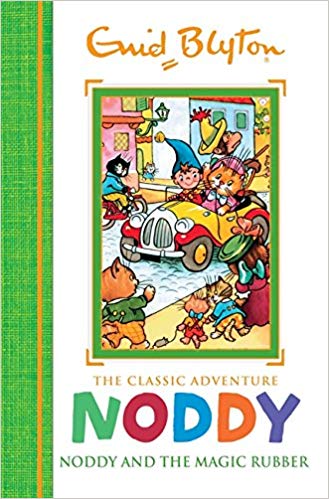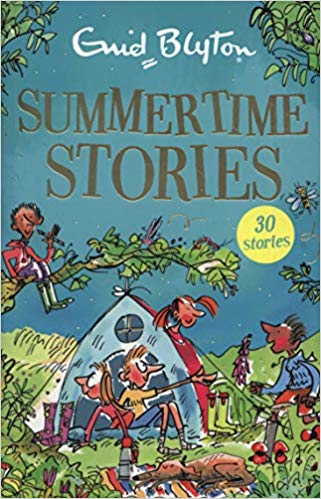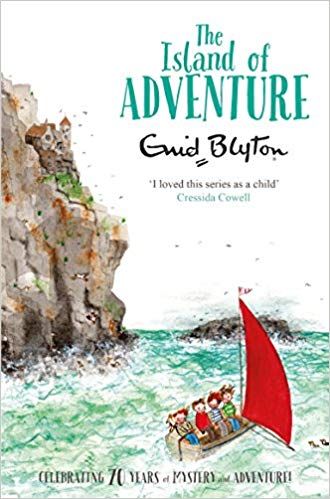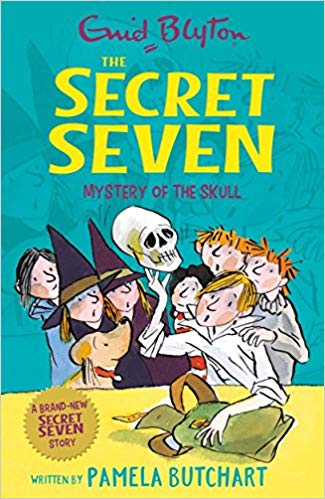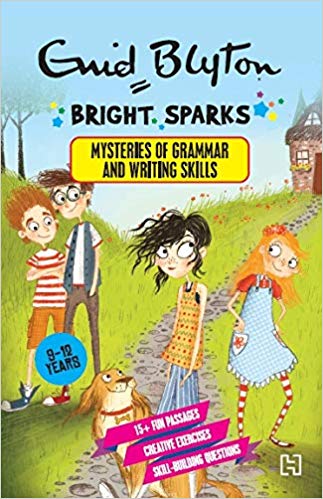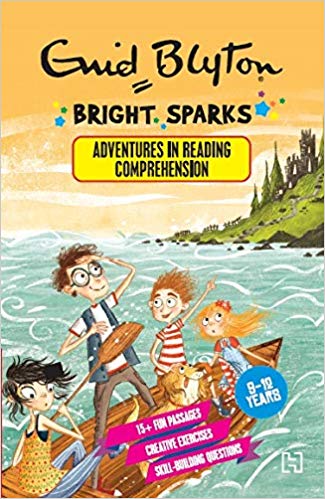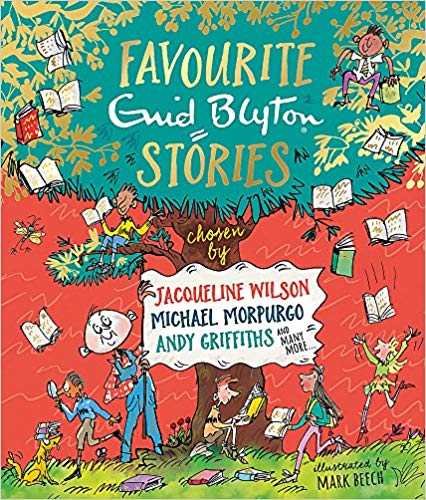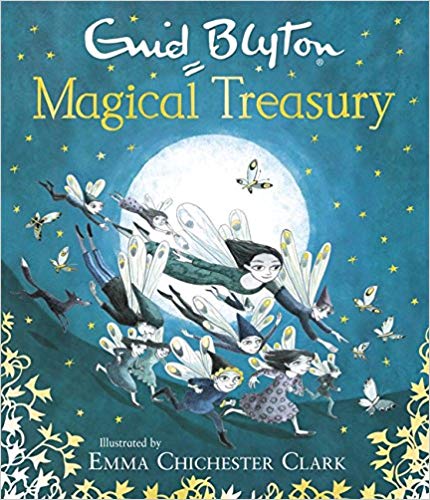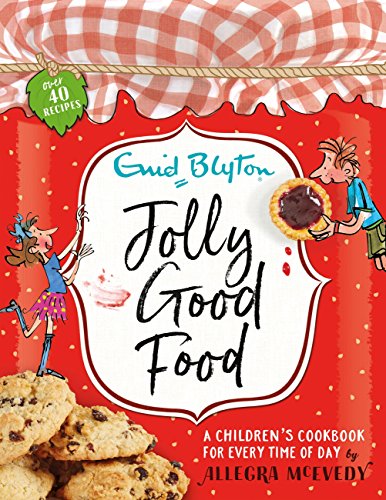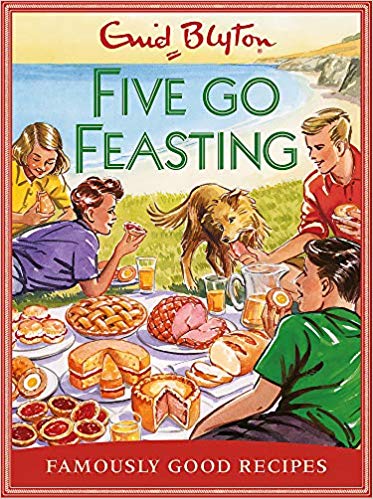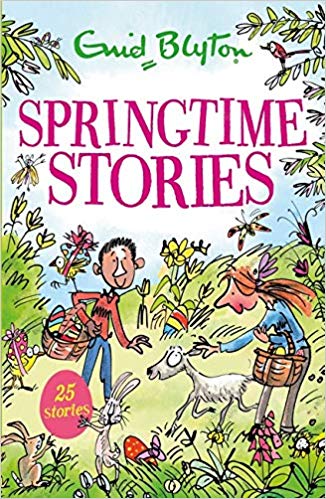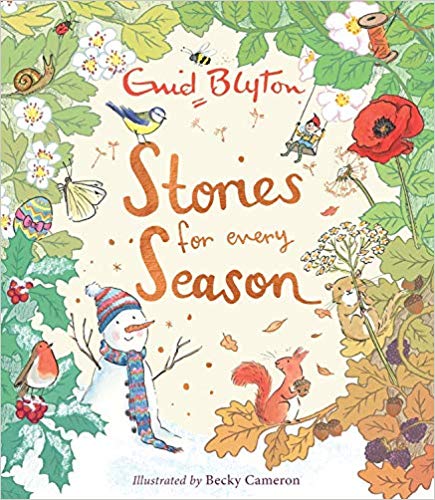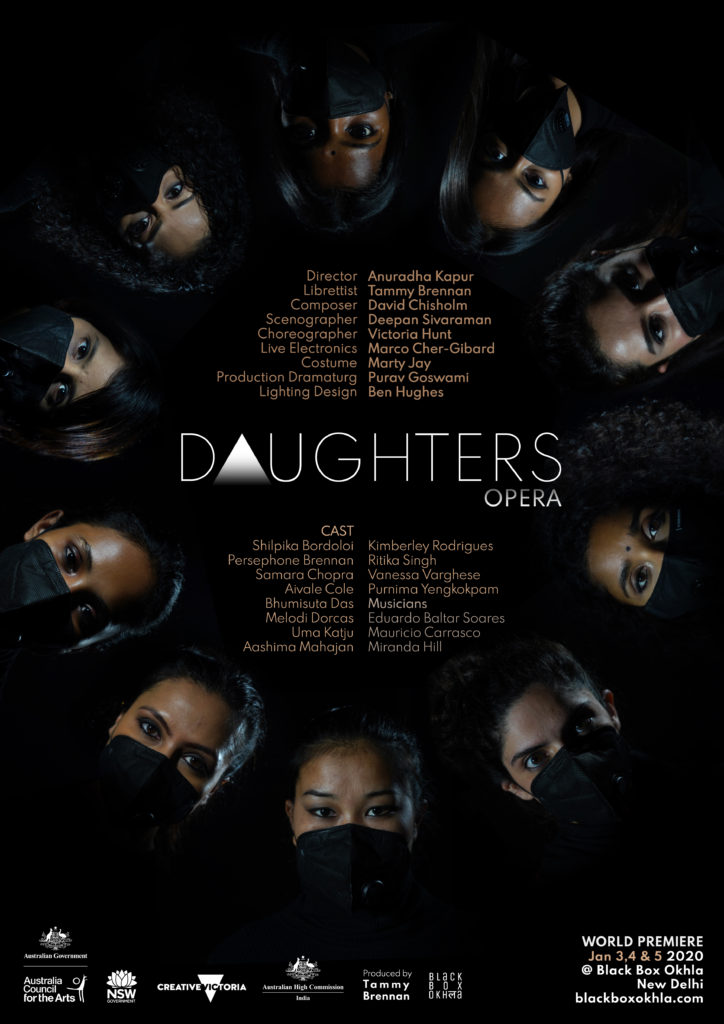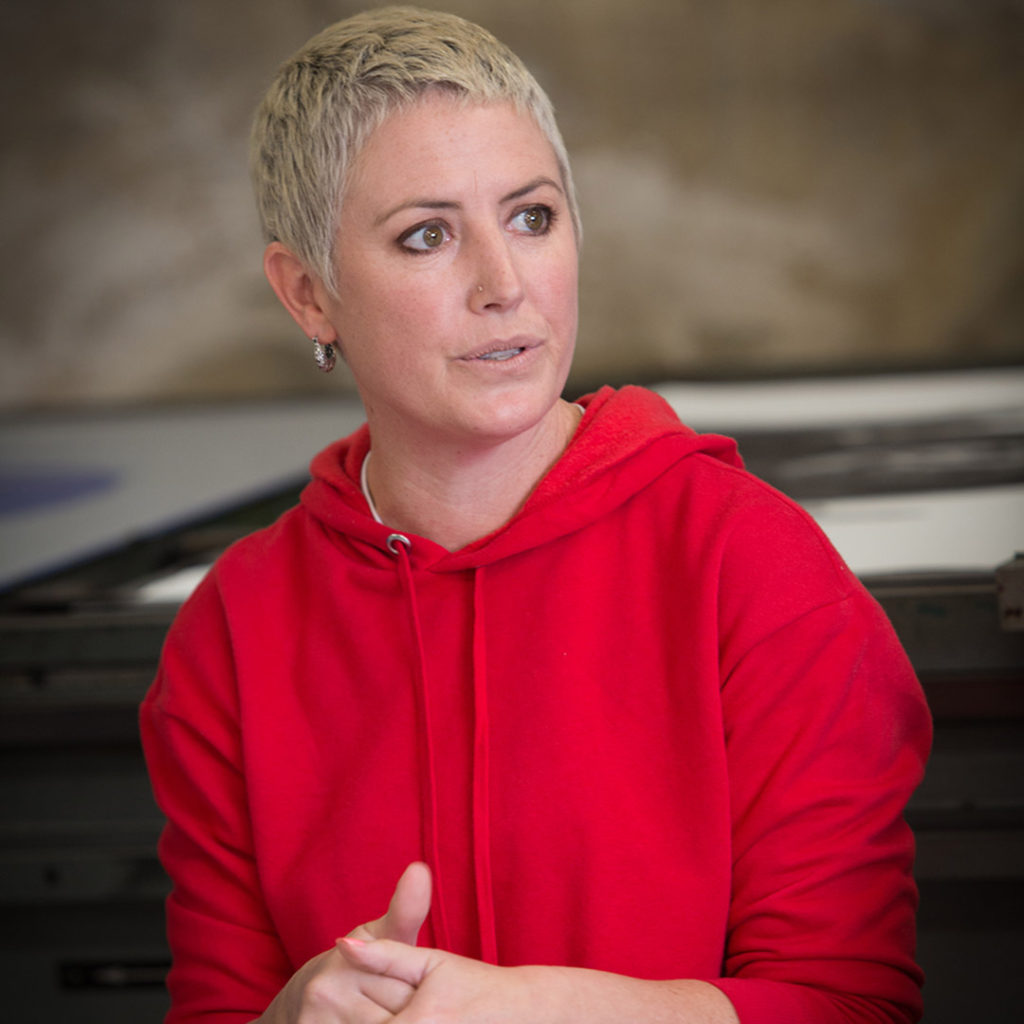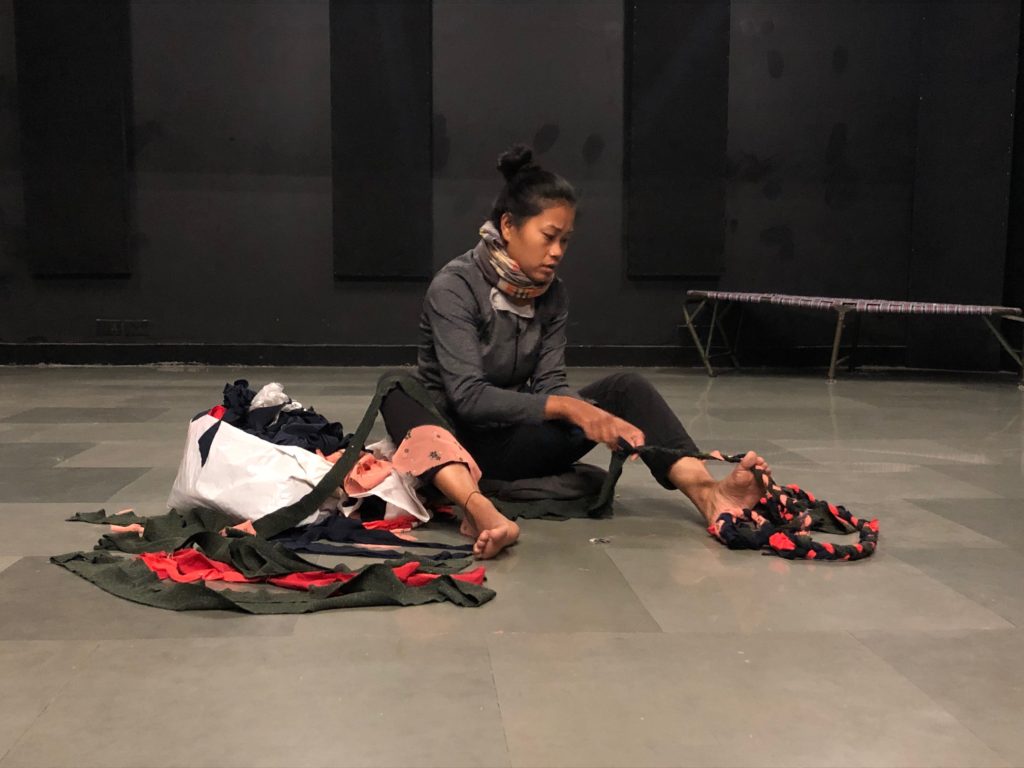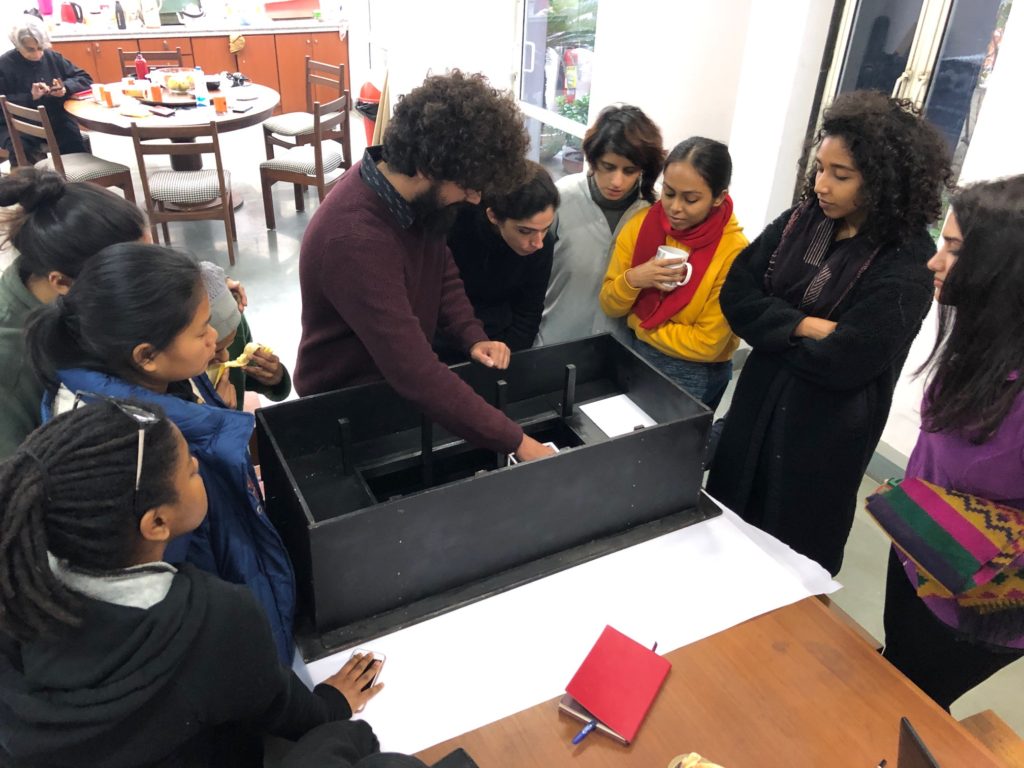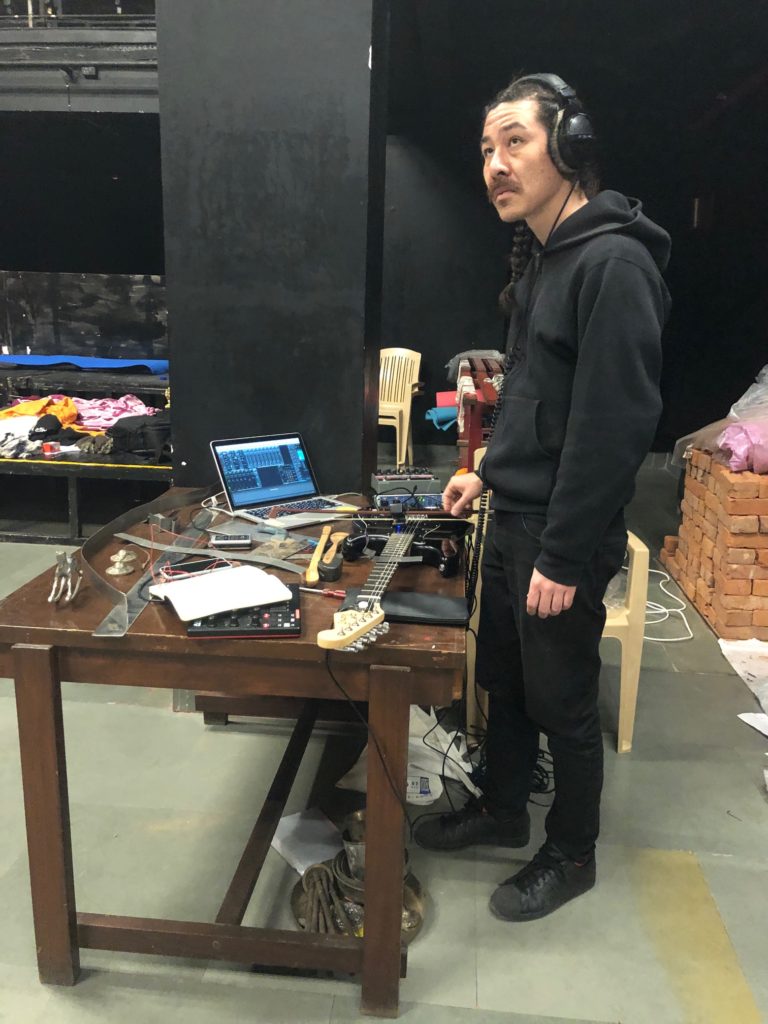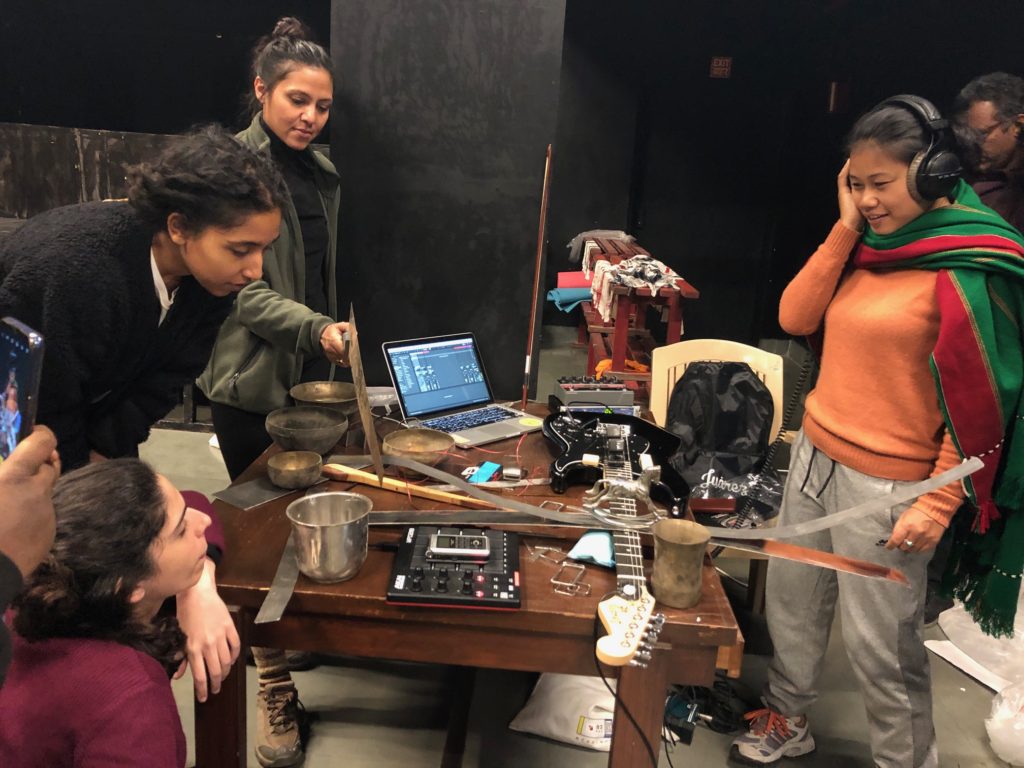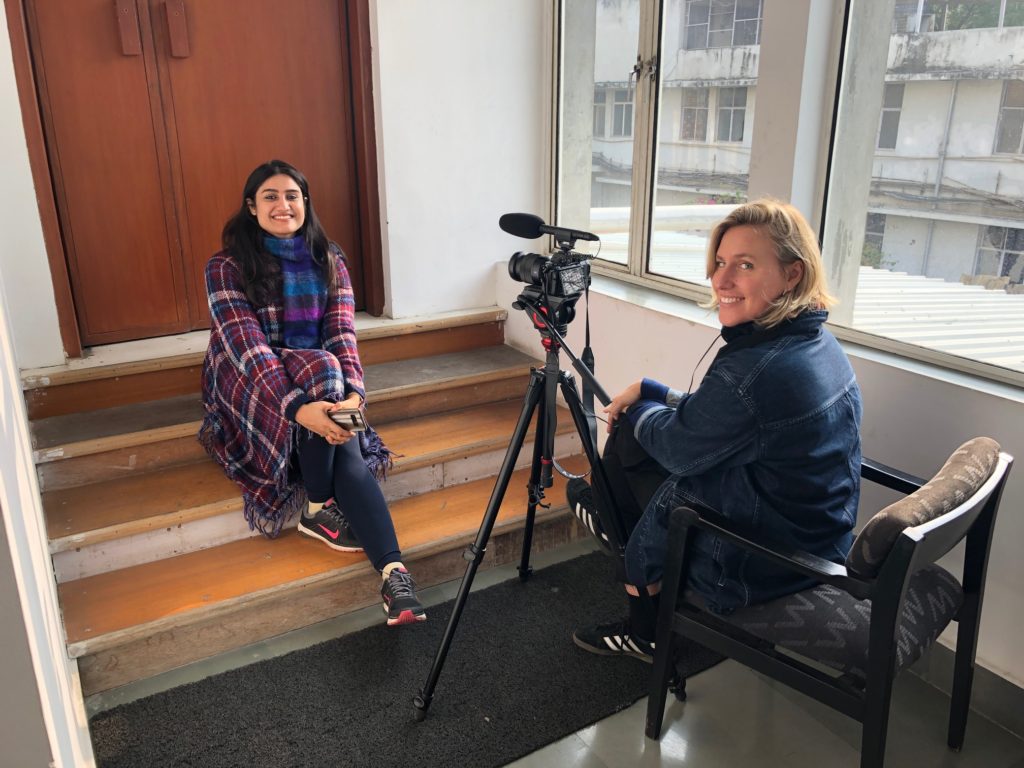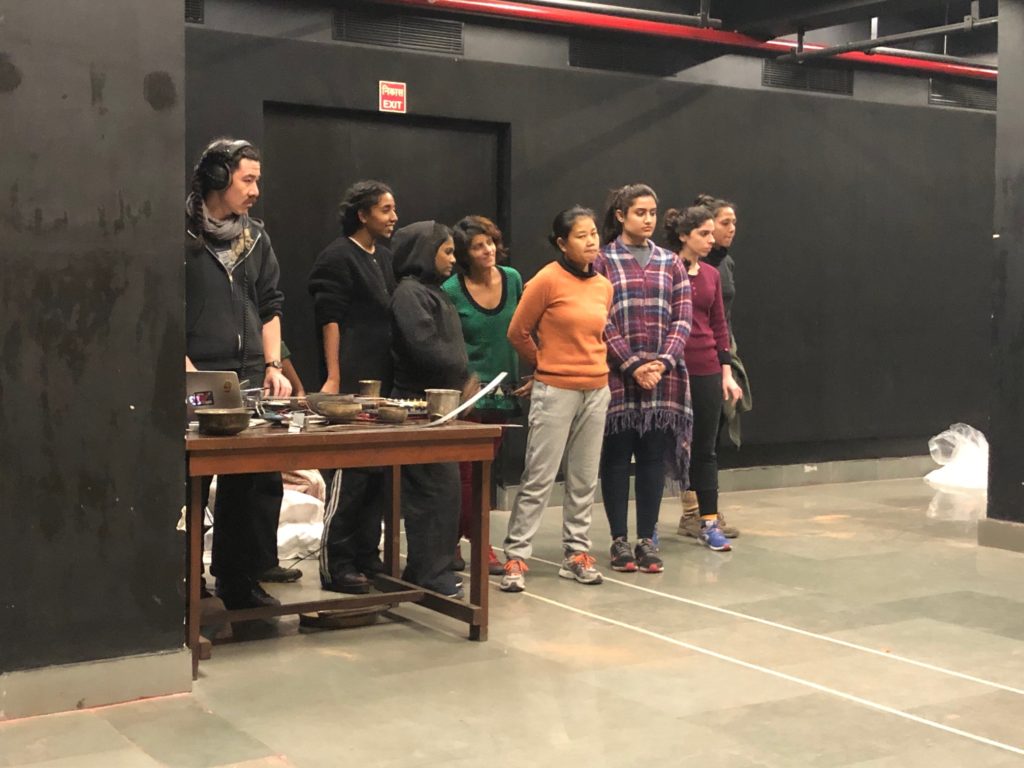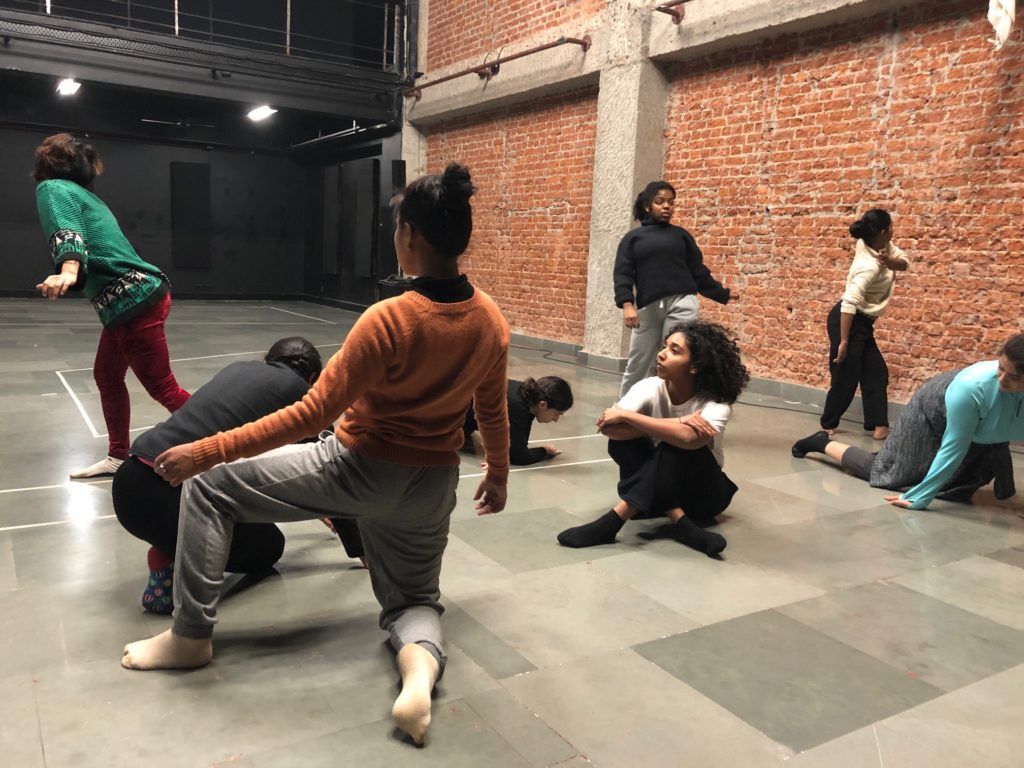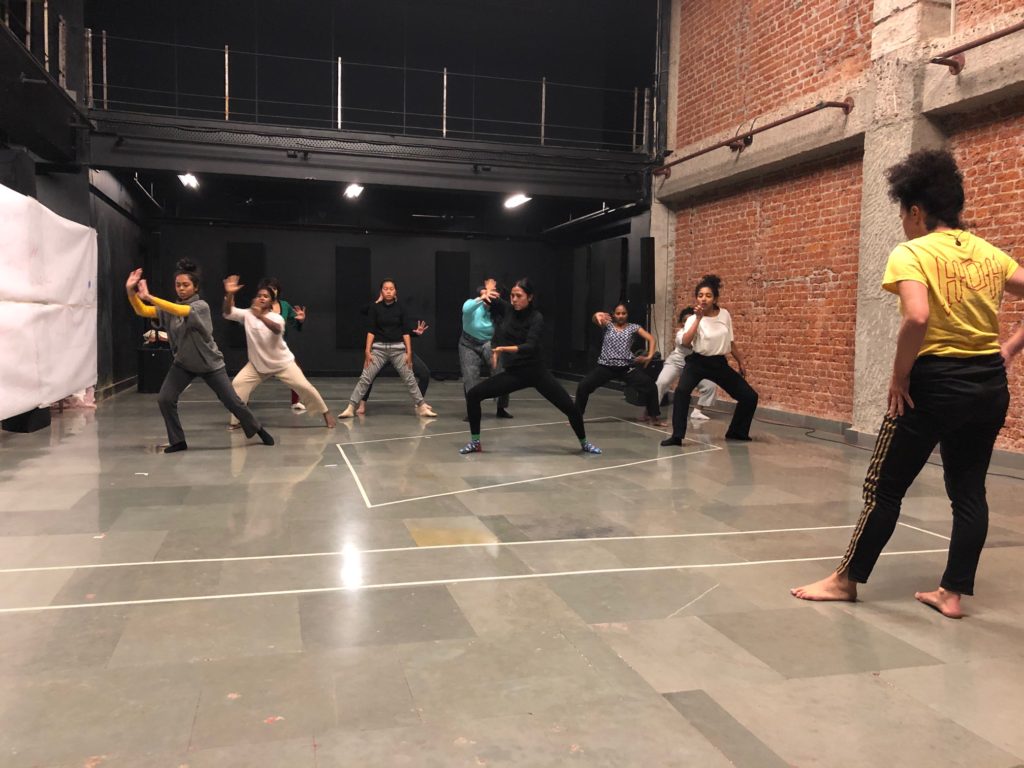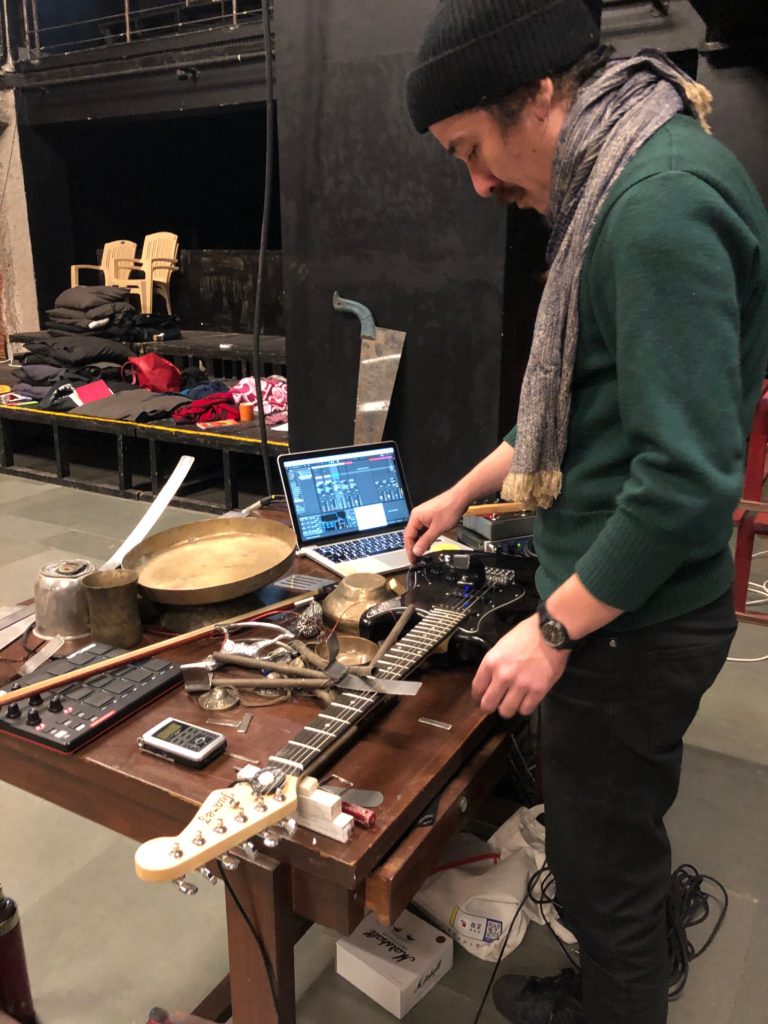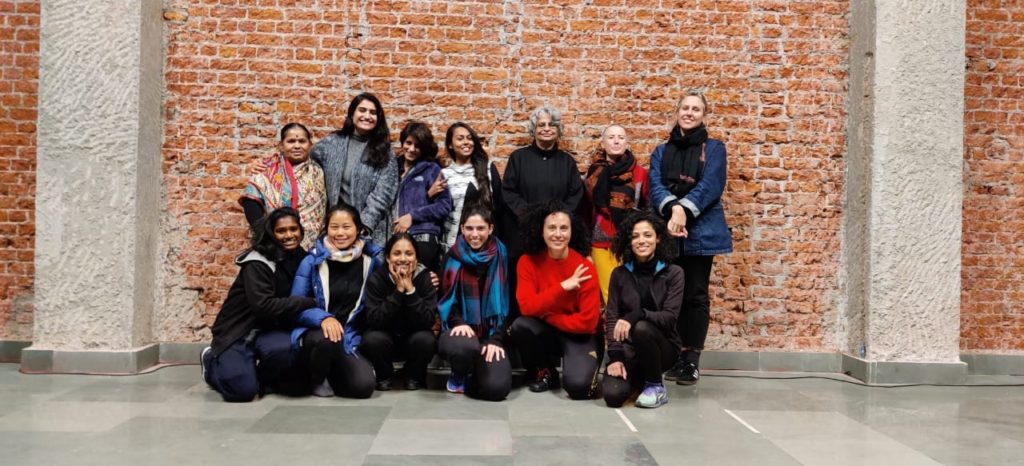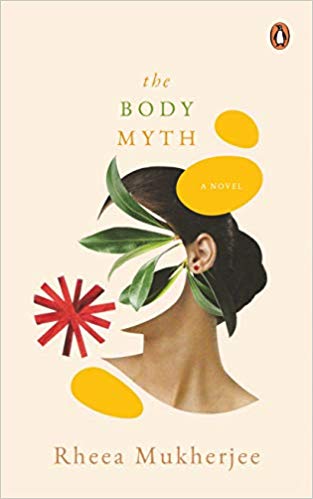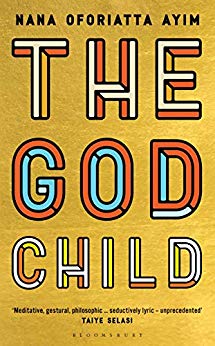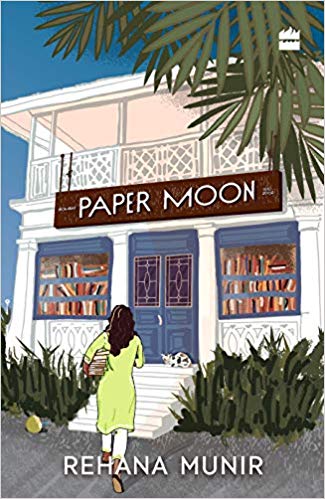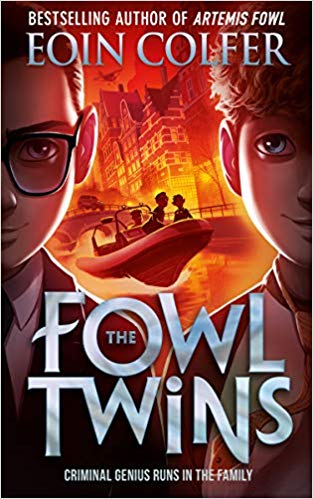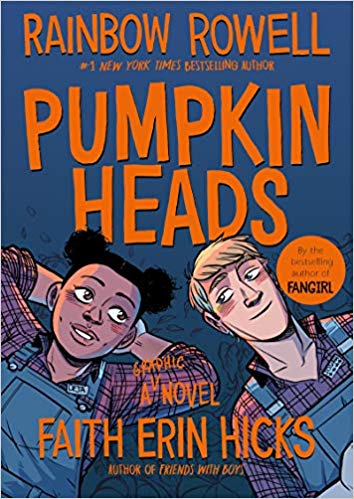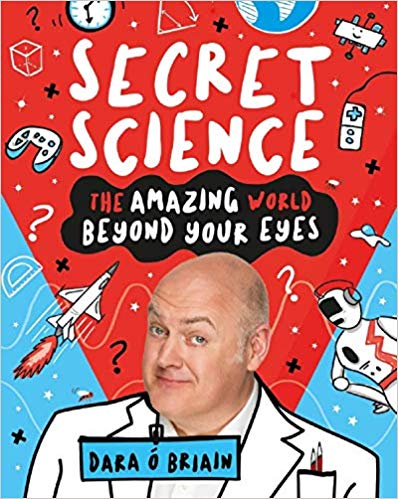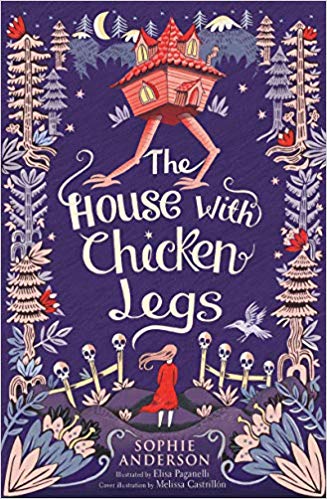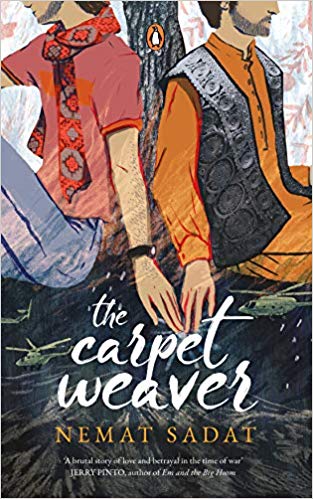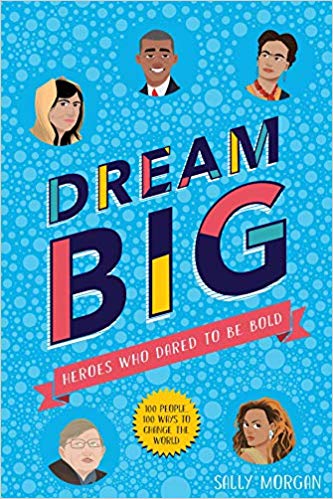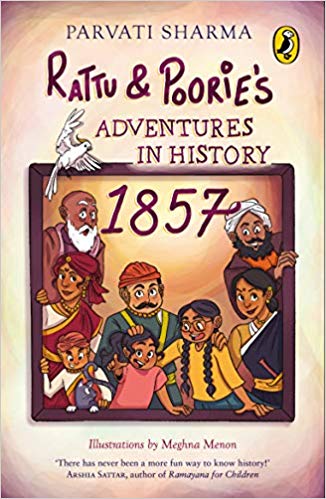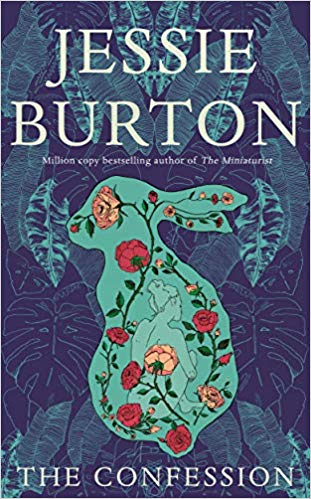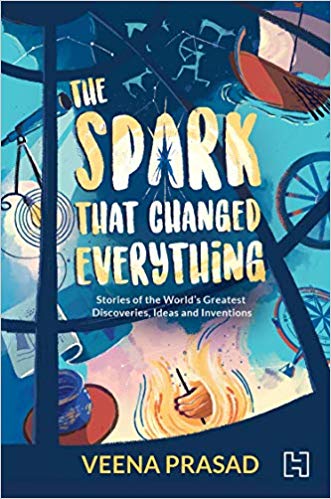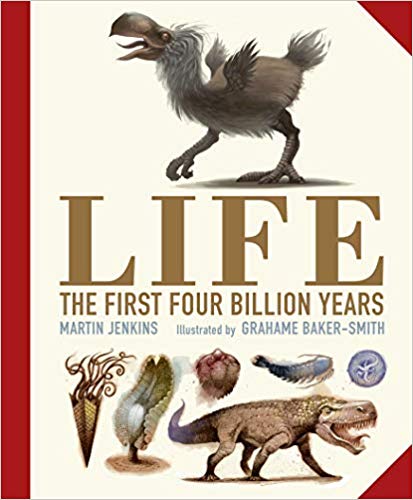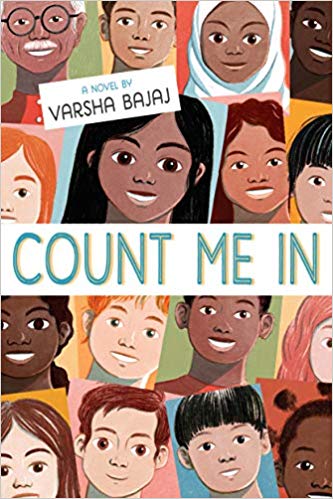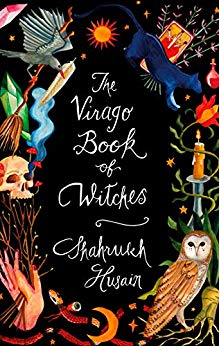Books read during the lockdown, April 2020
It is not very easy to read while the lockdown is on but I have managed a wee bit. The following are only some of the books I managed to read in April. Many others that I read I wrote about in separate blog posts. As always it is an eclectic collection.
Stephen and Lucy Hawking’s The Universe: Everything you need to travel through Space and Time is a brilliant collection of essays about the universe. It begins with a beautiful but very brief essay by Professor Stephen Hawking, “The Creation of the Universe” where he simply and clearly tries to explain the origins of Universe, packing it with concepts too. The contributors to the volume consist of eminent scientists, some Nobel Prize winners too, and a school student, Nitya Kapadia. The range of topics is extraordinary — understanding the origin of life, the Big Bang theory, idea of Space, travelling through the Universe, the idea of Relativity, from the solar system, the planets, speculating about life in space, Zero-Gravity Flights, Time Travel, wormholes, the Goldilocks zone, the geographical structures on Earth, Artificial Intelligence, Robot Ethics, 3D Printing, Internet Privacy, Quantum Computers etc. The template set by the late Prof. Hawking is the blueprint for the subsequent essays in the book. It makes science so easily accessible for young and adults alike. ( Confession time: My 10 yo daughter and I have been taking turns to read this book as both of us are fascinated by complicated subjects explained ever so simply!)
Scientific discoveries do not necessarily happen always in a staid manner, in controlled laboratory conditions. S D Tucker’s fascinating book Forgotten Science attempts to uncover the backstories of some of the extraordinary scientific applications that we take for granted in modern times. For instance, figuring out the circulatory system within an individual and the effect of medication if taken orally or injected directly into the bloodstream was discovered after experimenting upon dogs. These experiments were conducted by Robert Boyle (1627-91), often described as “the father of chemistry”, and Sir Christopher Wren (1632-1723), the anatomist, architect and designer of St Paul’s Cathedral to test William Harvey (1578-1657), court physician to Charles I, hypothesis about the circulatory system of various living creatures. Another equally bizarre and immoral experiment was carried out by Nazi doctor, Dr Sigmund Rascher ( 1909 – 45) to test the effects of high altitude and how to recover from hypothermia. Taking advantage of his close proximity to SS Head Heinrich Himmler ( 1900-45), Dr Rascher got permission to conduct experiments upon prisoners in Dachau concentration camp. In 1942 Rascher was given a pressure chamber and began locking prisoners inside to simulate the effects of high altitude upon Nazi airmen and parachutists. By altering pressure changes quickly or slowly, Rascher could mimic both gradual ascents and total freefall, and see what such states did to the human body. The effect upon the prisoners varied from exploding lungs, while others began to rip their own hears apart with bare hands due to the unbearable stress they felt inside their skulls. He killed about eighty prisoners in this ghastly manner but dismissed it as saying they were ‘only’ Poles and Russians. Some of his other experiments were on hypothermia, discovering the blood-clotting agent called Polygal and developed the cyanide capsule which later even Himmler took to avoid capture by the British. Ultimately Rascher too was incarcerated at Dachau for publicising the falsehood that he had extended the childbearing age of women and as proof he said his wife, touching fifty, had given birth to three babies, when in truth they had been kidnapped. Rascher was shot in April 1945. Several scientists who had worked with Rascher ended up working at NASA.
The next three books belong loosely to the category of science fiction — The Flight of the Arconauts by Sophia Khan ( steampunk fiction); The Sin Eaters by Megan Campisi and Analog Virtual by Lavanya Lakshminarayan. The Flight of the Arconaut is written at a nice pace. Neat dialogues. Interesting attempt at blending names to denote cultural melting pots. But it seems to have been heavily influenced by contemporary scifi young adult literature. It is also very desi in its telling by cramming the main narrative with so many stories and backstories. I see no reason why all must exist in the forefront. It is also inexplicable why must SpecFic, or in this case Steampunk Fiction, be so obsessed with conservative social rankings especially along gender lines? Why not break free? Also why is birth and regeneration such a massive preoccupation. It is as if it is impossible to think beyond the writing of H G Wells, Aldous Huxley et al. Sophia Khan’s saving grace is the packed dialogue and a superb grasp of the English language — LOVE IT! The second volume in this trilogy should be fun.
The Sin Eaters and Analog Virtual are debut novels. Both the writers seem to be voracious readers. Keenly imaginative writers too but not sufficiently confident enough to create landscapes of their own. While theatreperson Megan Campisi creates a parallel reality to Elizabethan England in The Sin Eater to explore the rumours of Queen Elizabeth I having had an illegitimate child. Campisi builds the premise of her story upon the social mobility a Sin Eater has within society and is able to pick up bits of information. So this part-mystery, part-historical fiction, is thrilling to read in parts with the strongest moments in storytelling being different scenes, much like the scenes enacted on stage. Usually the best moments in the novel are when the sin eater is in an enclosed space like a bedroom or a chapel attending a recitation or funeral and there are onlookers, replicating a play being enacted on stage, watched by an audience. Megan Campisi’s forte is theatre and not long fiction. But if she persists at this craft and attempts to write what her heart tells her to, she has the potential to do well. Much of this holds true for Lavanya Lakshminarayan who need to break the shackles of a well-read reader of science fiction and create with the assurance that resides deep within her, an imaginary landscape with its distinctive vocabulary, unique social structures, and a clear inner logic to the society she creates so that any reader coming to it for the first time will fall in love with her story. For now Virtual Analog is competent storytelling but no more. It may also fit snugly on the joint imprint that her publishers Hachette India have with Gollancz but Lavanya Lakshminarayan is capable of much, much more than what is displayed in Analog Virtual. What shines through the books is their keen imagination. They are creative writers whose confidence will soar with their third books. If they persist at this craft and attempt to write what their hearts tell them to, they have the potential to do well.
And then there are the two works of fiction — Meena Kandaswamy’s Exquisite Cadavers and Sarah Ladipo Manyika’s Like a Mule: Bringing Ice Cream to the Sun. Established writers. Controlled writing. Immersive reading experience. Meena Kandaswamy’s Exquisite Cadavers is an extraordinary reading experiment with parallel texts laid out on the pages — the main narrative and the interior monologue of the writer. Fascinating. It is a sophisticated cross between poetry and prose. Such books are meant to be experienced. In the old-fashioned sense. Linger over the pages. Dip into the text. Read along the margins. Shut the book. Mull over what one has read. Imbibe some more. Go back to a few lines. Meena Kandaswamy’s sense of rhythm as a poet has not left the prose. It is gorgeous! Her writings have always been infused with a ferocity that seems tto have been sharpened over the years but there is something special about this novel. Fifteen years down the line Exquisite Cadavers will be used a fine example of a literary text that will be read by the general reader as well as be a prescribed text. This is not a novel that will not be easily converted to an audio book — nor should it be. Likewise Sarah Ladipo Manyika’s novella about Morayo Da Silva, a seventy-five-year old Nigerian, living in San Francisco. She reflects upon her life as an academic, author and a diplomat’s wife. It is also a moving tale about ageing and suddenly being at the mercy of tender and well meaning care of others. Ladipo chooses an extraordinary literary technique of giving every character the first person narrative which at first is confusing but slowly adds up to the variety of perspectives and unsolicited advice Morayo gets upon her hospitalisation. The saddest part in the novel is when her kind young friend decides to tidy up Morayo’s apartment thereby ridding it off a clutter of books. Morayo is understandably upset, a hurt that many are unable to comprehend. It is a novel that criss-crosses continents — Africa, America and Asia. Irrespective of the land she is in, or when nostalgia hits her regarding Africa, Morayo’s levelheadedness always wins. It is a novel that cuts across cultures seamlessly and sensitively. There is never an awkward sense of looking at other cultures as “other”.
Lisa Taddeo’s Three Women and Jess Hill’s See What You Made Me Do are ( to use cliches) — mind blowing books. Both by journalists-turned-authors whose books were written after many years of intensive research and recording testimonies. Both these books will influence women’s writing, women’s movements, and all aspects of feminism in a manner similar to that of Simone de Beauvoir and Germaine Greer’s influence. Lisa Taddeo’s Three Women is about talking to three women about sex and desire for nearly eight years. It became a publishing sensation. While the subject itself would attract attention, it is the narrative, the confidence with which the subjects explore their own complicated reactions to sexuality. Significantly Three Women marks a watershed moment in contemporary women’s literature on how women talk about their sexual desires and needs. In many ways the strength of Lisa Taddeo’s is very similar to male writing, an unquestionable confidence. Jess Hill won the Stella Prize 2020 for Look What You Made Me Do. A title that probably gets lost as it is very similar to many of yalit and chiklit titles, but this title has a purpose with sinister underpinnings. It encapsulates the blame-game that inevitably every male perpetrator foists upon his female victim, usually said in a manner that fools the victim to believe the falsehood — she is too blame for the violence being meted out to her. In this particular book, Jess Hill focusses on domestic violence and her analysis of it is horrific. She breaks many myths about it being only restricted to certain socio-economic sections . Her profiling of the perpetrators is pathbreaking as she creates categories. Some of the men when they appear in court seem as if they can never hurt a fly and yet the incidents they are involved in are gut wrenching. Much of what she says is familiar to women activists and legal teams such as that violence is not necessarily always physical but emotional, psychological, financial etc. The manner in which the information is presented in Look What You Made Me Do will help this material in reaching to newer audiences. Women who either need help themselves or those close to victims. Both these powerful books are going to be seminal in the field of women/gender studies, human rights, manual for legal and counselling professionals.
The final book is the stupendously magical award-winning Lampie and the Children of the Sea. It has been written and illustrated by Dutch illustrator Annet Schaap. This is her first novel. It has already won the Woutertje Pieterse Prize, the Nienke van Hichtum prize, the Bookenleuw and the Gouden Griffel for the best Dutch children’s book of the year. It has been translated into English by Laura Watkinson. It is also the only translated book to have been shortlisted for the 2020 Carnegie Medal Award. It is a stunning modern fairy tale about a little girl, Lampie, living in a lighthouse with her father. Due to some unfortunate events Lampie is sent off to live in the Admiral’s home where it is rumoured a monster resides. It is a heartwarming tale as it is also a tale of Lampie overcoming prejudices and learning to live on her own terms, overcome hurdles and set goals for herself to achieve. The joy with which this story seems to have been written flows splendidly in the translation. It is truly magical to read it even in the moments when there is deep sadness and unnecessary violence. The imaginative plot matches the wild imagination that children are prone to creating for themselves. Yet Annet Schaap, an adult, an illustrator and a storyteller, pulls her strengths together of — an adult’s perspective on a child’s world sans judgement, creative imagination and a wide-eyed wonder at the power of stories to weave her magic. There are multiple layers to Lampie and the Children of the Sea. Whether the monsters in a child’s life are real or imaginary, they can be confronted and set free. It is a book that will appeal to adults and children alike!
14 May 2020

